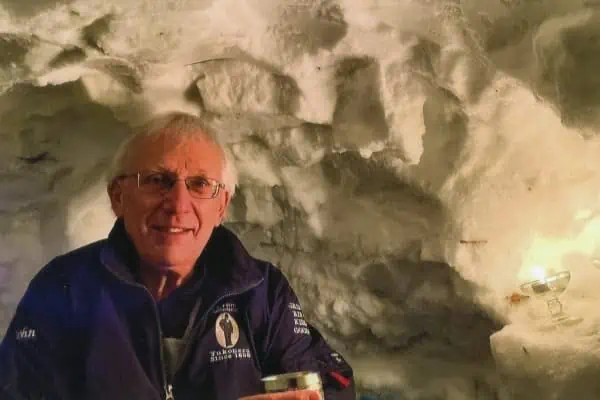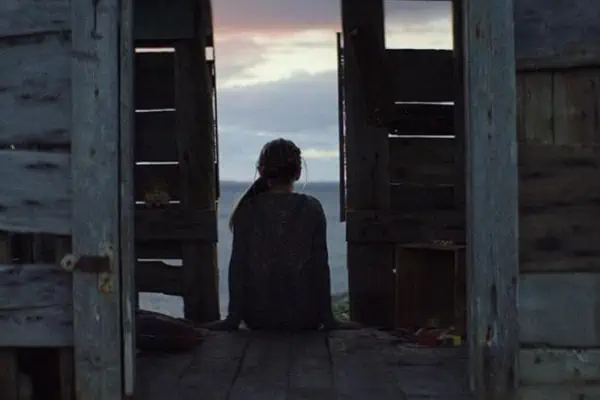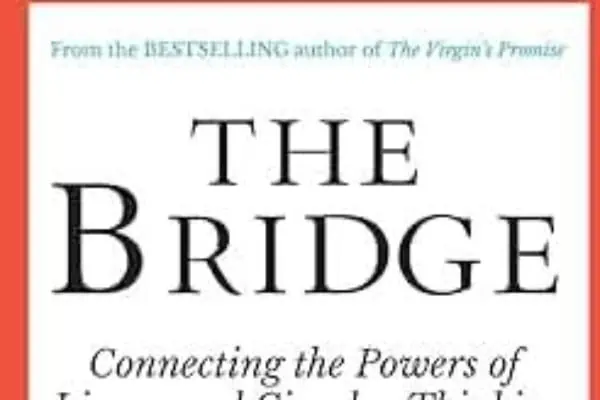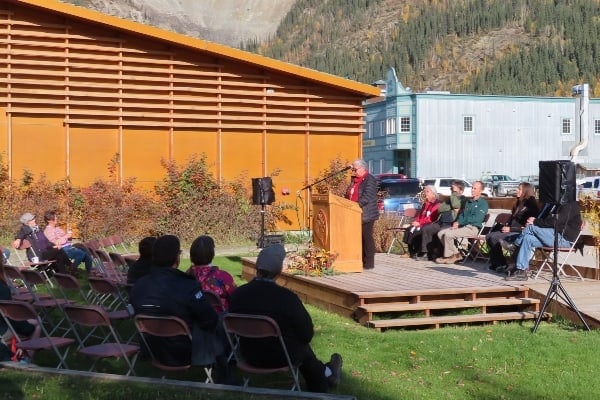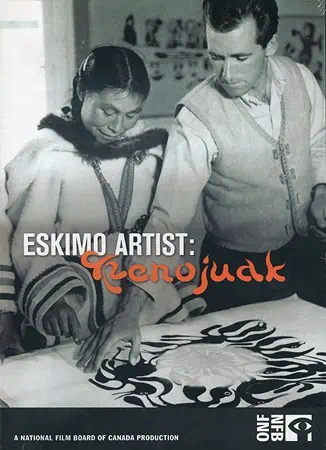
This year the Yukon Film Society (YFS) returns to the Adäka Cultural Festival with more First Nations programming.
The collaboration between Adäka and YFS allows all the screenings to be free. Screenings run July 3 and 4 at the Kwanlin Dün Cultural Centre during the festival, which takes place July 1 to 7.
Screenings begin on Sunday, July 3 with Nimmikaage (She Dances For People) (2016), in which Métis/Algonquin director Michelle Latimer combines images of the natural world with archival footage of indigenous women asked to perform in traditional roles for an audience. Nimmikaage (She Dances For People) offers a critical lens on post-colonial perspectives of Canadian nationalism.
Shifting to a more personal narrative, Northern Tutchone/Acadian filmmaker Chantal Rondeau’s film Released (2015) tells the story of Northern Tutchone artist Karen Nicloux’s struggle with addiction and the healing therapy that her embroidery gave her. Nicloux, born and raised in Mayo and a member of the Nacho Nyak Dun First Nation, chose to revisit her gift for sewing in hopes to get clean from a cocaine addiction; for her the embroidery represents peace, purpose and acceptance – one day at a time.
Next we step back in time and over to the Eastern Arctic for the Oscar-nominated film Kenojuak, Eskimo Artist (1964), by New Zealand filmmaker John Feeney. Feeney travels to Cape Dorset, Nunavut in order to document the life of Kenojuak Ashevak, who is regarded as a pioneer of modern Inuit art. With stunning images, Feeney’s film reports Ashevak and her family’s ability to live on the land and documents her creative process as she draws by the light of a seal oil lamp in the family igloo.
Wrapping up the Sunday presentations is Vadzaih Nilii Gaih Tr’ahtsii: Making Dry Meat (2015) from Alaskan filmmakers Kenneth Frank and Craig Mishler. Following ancestral tradition, the documentary demonstrates step-by-step the butchering, smoking, skewering and processing of fresh caribou meat over five work days. The video illustrates a major secret to food storage and survival in the Alaskan High Arctic over many centuries. Note that the filmmakers will be in attendance.
Two films on Monday, July 4 showcase the work of Yukon filmmaker Mary Code. Code, a Sayisi Dene, was born in a tent near Little Duck Lake, Manitoba. Her family and community were relocated abruptly by the Federal Government of Canada in 1956. This identity and those stories impact her filmmaking to this day.
The presentation at noon is Nuhoniyeh: Our Story (1993, 55min), which garnished a Gemini Award for Best Documentary. The film, co-directed and co-produced by Mary and Allan Code, is a collection of stories told through the elders of the Sayisi Dene of how their community was disturbed, uprooted and moved by Canadian Government Policy. The stories of the “white man” at Prince of Wales Fort, the smallpox epidemic of 1780s, the decline of the caribou through the 1940s, and the simple beauty of a life of plenty or of none are all among the historical transformations the Sayisi Dene have faced. It is a truly beautiful and sad story of the displacement and resurgence of a people.
Just preceding that at 11:45 a.m. will be a short film by Mary Code called Aydaygooay. It uses animation to tell the Sayisi Dene legend of Aydaygooay and his power to bring back the caribou that have vanished from the land.

